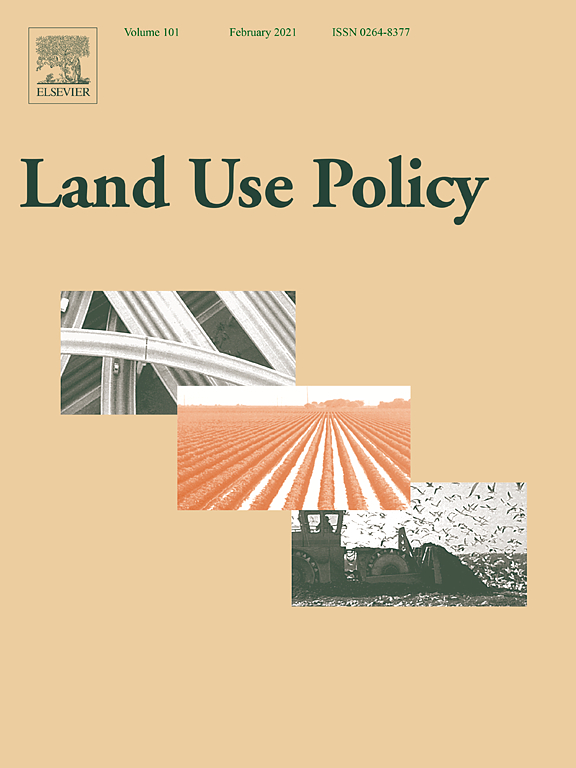Who are forest-dependent people? A taxo nomy to aid livelihood and land use decision-making in forested regions
The relationship between forests and people is of substantial interest to peoples and agencies that govern and use them, private sector actors that seek to manage and profit from them, NGOs who support and implement conservation and development projects, and researchers who study these relationships and others. The term ⿿forest-dependent people⿿ is widely used to describe human populations that gain some form of benefits from forests.


